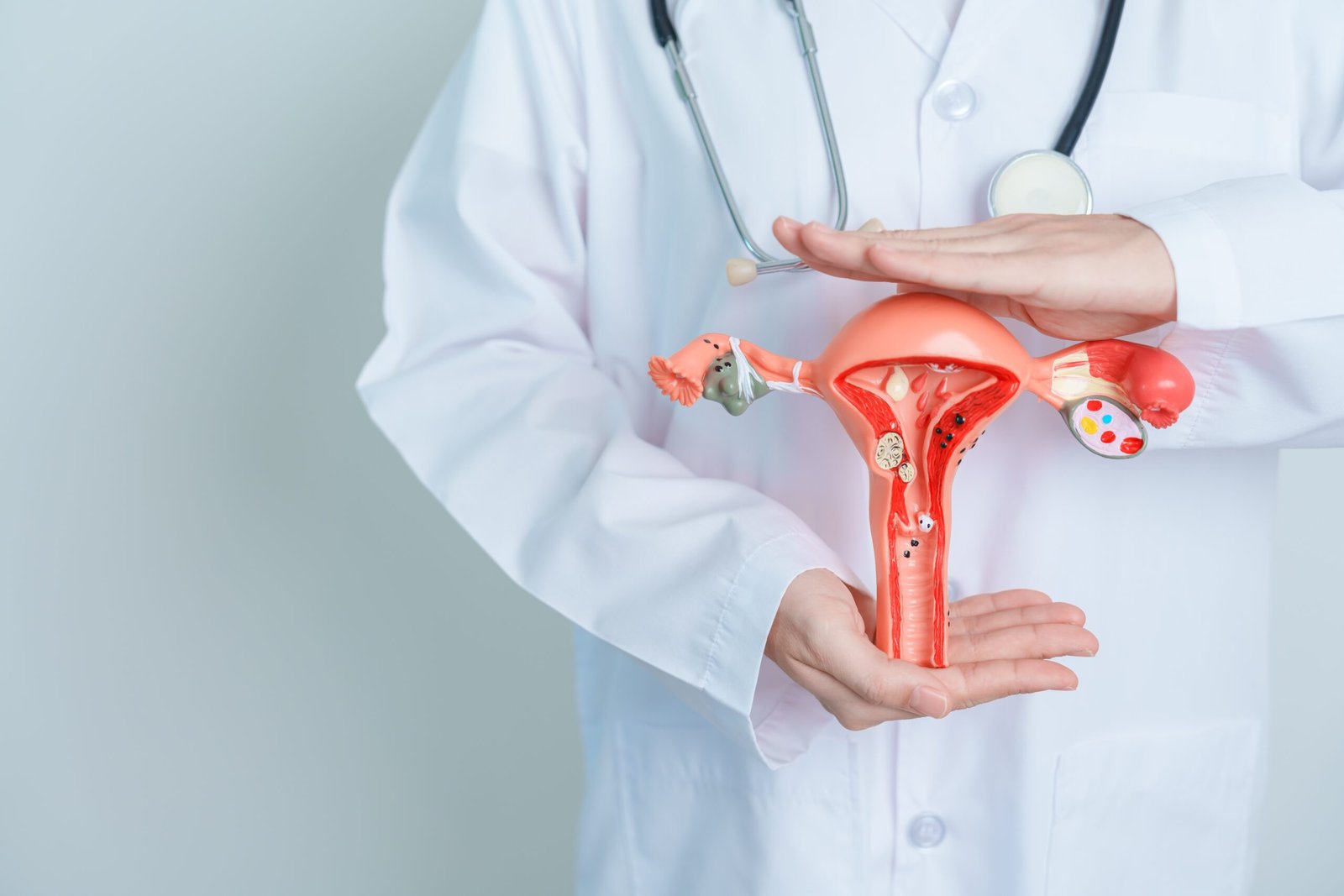When couples face fertility challenges, In Vitro Fertilization (IVF) often dominates the conversation. However, the world of reproductive medicine offers numerous alternative treatments that may be more suitable, less invasive, or more cost-effective depending on individual circumstances. Understanding these options empowers you to make informed decisions about your fertility journey. Consulting with experts at a trusted Fertility Clinic in Jaipur can help you explore which treatment aligns best with your specific diagnosis and goals.
Understanding the Fertility Treatment Spectrum
Fertility treatments exist on a spectrum from minimally invasive to highly complex procedures. While IVF represents advanced reproductive technology, many couples successfully conceive using simpler interventions that address their specific fertility challenges without the complexity, cost, or physical demands of IVF.
Intrauterine Insemination (IUI): The First-Line Approach
Intrauterine Insemination, commonly known as IUI or artificial insemination, represents one of the most accessible fertility treatments available. This procedure involves placing specially washed and concentrated sperm directly into a woman’s uterus around the time of ovulation, increasing the chances of fertilization.
Who Benefits from IUI?
- Couples with unexplained infertility
- Mild male factor infertility (low sperm count or motility)
- Women with cervical mucus issues
- Same-sex female couples using donor sperm
- Single women pursuing parenthood
The IUI Process: The treatment cycle typically involves monitoring ovulation through ultrasound and blood tests, sometimes combined with ovulation-stimulating medications. When the follicles reach optimal size, a trigger shot prompts ovulation, and the IUI procedure is performed 24-36 hours later. The procedure itself is quick, relatively painless, and requires no anesthesia.
Success rates vary based on age and underlying fertility factors, ranging from 10-20% per cycle for women under 35, making it a worthwhile option before pursuing more intensive treatments.
Ovulation Induction: Stimulating Natural Conception
For women who don’t ovulate regularly or at all—a condition affecting approximately 25% of infertile couples—ovulation induction offers a powerful solution. This approach uses oral or injectable medications to stimulate the ovaries to produce and release eggs.
Common Medications Include:
Clomiphene Citrate (Clomid): The most frequently prescribed first-line treatment, Clomid works by blocking estrogen receptors, prompting the body to produce more follicle-stimulating hormone (FSH). It’s taken orally for five days early in the menstrual cycle.
Letrozole (Femara): Originally developed as a cancer treatment, letrozole has shown excellent results for ovulation induction, particularly in women with polycystic ovary syndrome (PCOS). Studies suggest it may result in higher ovulation and pregnancy rates than Clomid in certain populations.
Injectable Gonadotropins: These hormones (FSH and LH) directly stimulate the ovaries and are used when oral medications prove ineffective. While more expensive and requiring careful monitoring to prevent multiple pregnancies, they offer higher success rates.
Ovulation induction paired with timed intercourse or IUI provides a less invasive pathway to pregnancy, with cumulative success rates of 40-50% over three to six cycles for appropriate candidates.
Fertility-Preserving Surgical Interventions
Sometimes, structural problems prevent conception, and surgical correction can restore natural fertility without requiring assisted reproductive technology. Consulting specialists at a reputable IVF Center in Jaipur ensures accurate diagnosis and appropriate surgical recommendations.
Laparoscopic Surgery for Endometriosis: Endometriosis affects 10-15% of reproductive-aged women and can significantly impact fertility. Laparoscopic surgery to remove endometrial implants, adhesions, and endometriomas can improve pregnancy rates, particularly in mild to moderate cases.
Hysteroscopic Procedures: Hysteroscopy allows direct visualization and treatment of intrauterine issues like polyps, fibroids, or uterine septum—all of which can interfere with embryo implantation. Removing these obstacles often restores fertility without further intervention.
Varicocele Repair: In men, varicoceles (enlarged veins in the scrotum) contribute to approximately 40% of male infertility cases. Surgical correction can improve sperm parameters and increase natural conception rates.
Tubal Surgery: For women with blocked or damaged fallopian tubes from infection or previous surgery, procedures like tubal cannulation or salpingostomy may restore tubal patency, though success depends on the extent and location of damage.
Donor-Assisted Reproduction
When genetic material from one or both partners cannot be used, donor programs offer alternative paths to parenthood.
Donor Sperm: Used for severe male infertility, genetic conditions, or by single women and same-sex female couples. Sperm donation, combined with IUI or IVF, has helped countless families achieve pregnancy.
Donor Eggs: Women with premature ovarian failure, poor egg quality, genetic disorders, or advanced maternal age may opt for donor eggs, which significantly improve success rates.
Donor Embryos: Couples who have completed their families after IVF sometimes donate their remaining embryos to others, providing a more affordable path to parenthood.
Reciprocal IVF: Shared Motherhood
Reciprocal or partner IVF offers same-sex female couples a unique opportunity for both partners to participate biologically in creating their family. One partner provides the eggs, which are fertilized with donor sperm, and the resulting embryos are transferred to the other partner’s uterus for gestation. This arrangement allows both women to experience integral aspects of bringing their child into the world.
Natural Cycle IVF: Minimal Stimulation Approach
For women who respond poorly to standard IVF stimulation or prefer avoiding high-dose hormones, natural cycle or minimal stimulation IVF collects eggs during natural ovulation cycles with little to no medication. While producing fewer eggs, this approach reduces costs, side effects, and health risks while still offering conception possibilities.
Choosing the Right Path Forward
Selecting the most appropriate fertility treatment requires comprehensive evaluation of both partners’ reproductive health, including hormone levels, ovarian reserve, sperm analysis, and anatomical assessments. Age, diagnosis, previous treatment history, financial considerations, and personal preferences all influence the treatment recommendation.
The key is working with experienced fertility specialists who offer personalized treatment plans rather than a one-size-fits-all approach. Many couples successfully conceive without proceeding to IVF, making thorough evaluation and exploring all options crucial before committing to more complex interventions.
Conclusion
While IVF represents a powerful tool in reproductive medicine, it’s far from the only option available. Treatments like IUI, ovulation induction, fertility-preserving surgery, and donor programs have helped millions of people build their families. By partnering with compassionate specialists at an established IVF hospital in Jaipur, you can navigate the full range of treatment options and find the approach that offers the best balance of effectiveness, invasiveness, and cost for your unique situation. Remember, the goal isn’t simply to pursue the most advanced technology—it’s to find the right treatment that helps you achieve your dream of parenthood.

